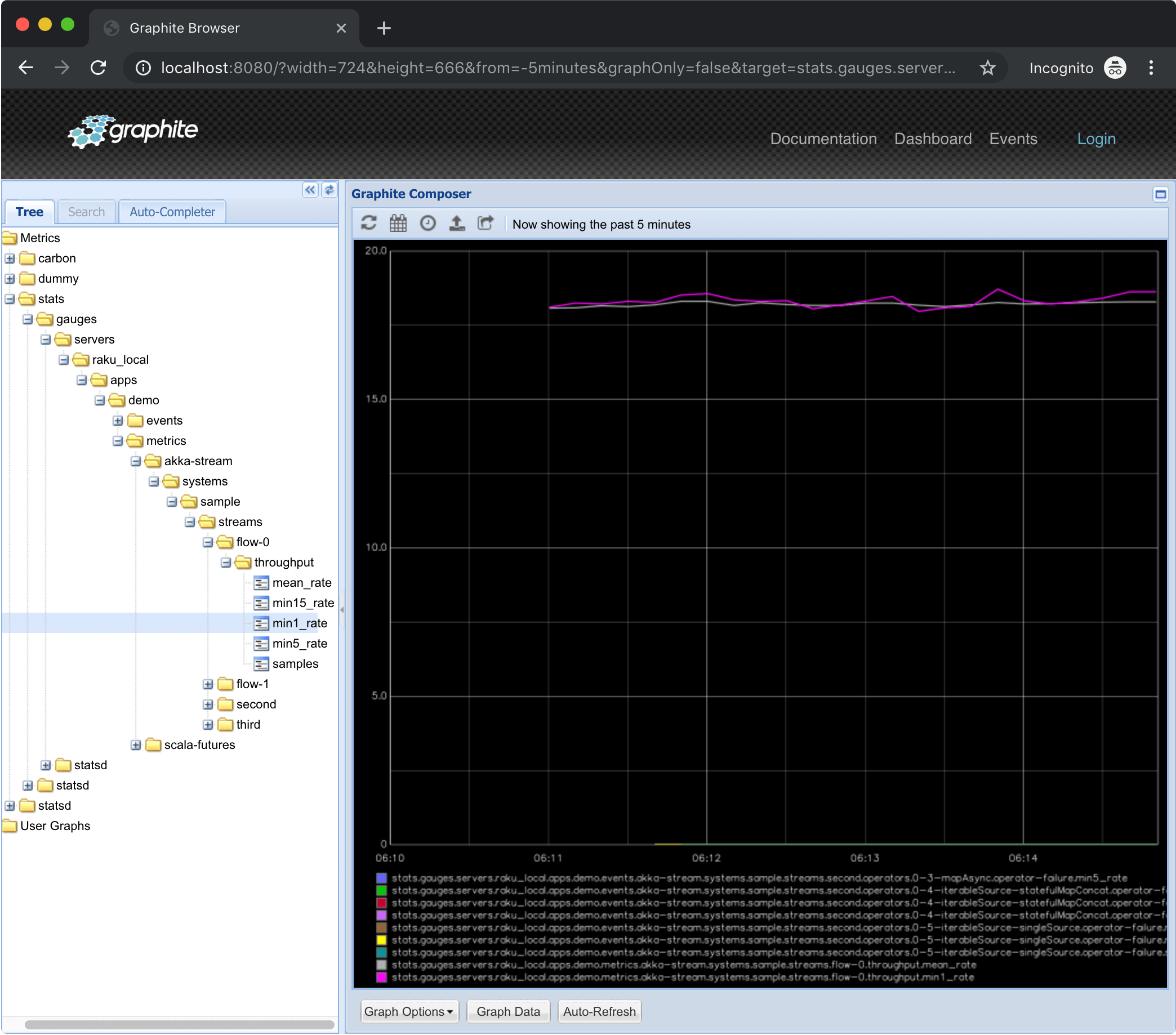
This gives you an exact replica of your production instance in order to fully test functionality, as well as train new users.įull Sandboxes have a 29-day refresh interval, and mirror the storage limits of your production org for data and file storage.
#The sandbox developers full#
The Partial Copy Sandbox has a refresh interval of five days, and allows data storage up to 5GB, with file storage mirroring that of your production org.Ī full copy sandbox copies all of your production metadata and data.

Partial Copy Sandboxes are included with Enterprise, Unlimited, and Performance edition Salesforce licenses, and can also be purchased separately. This sandbox is very helpful if you wish to test new functionality on live data, or if you wish to train users using live data in a test environment. As the name suggests, you can select a sample set of data using a sandbox template. This is the first type of sandbox that allows you to not only copy metadata, but also a portion of your data.
#The sandbox developers pro#
They provide you with 1GB for both data storage and file storage, and the refresh limit is one day.ĭeveloper Pro Sandboxes are only included with Unlimited and Performance editions of Salesforce, but can be purchased separately. These are included with most Salesforce licenses and allow you to create a testing environment with a copy of your metadata from production.ĭeveloper Sandboxes can be refreshed once per day, and have a data and file storage limit of 200MB each.ĭeveloper Pro Sandboxes are very similar to standard developer environments but have slightly higher storage limits. The most basic type of testing environment is the Developer Sandbox.


A Sandbox Template defines what Salesforce records are copied into the new sandbox.Ī Salesforce Sandbox is a test environment that provides a way to copy and create metadata from your production instance – it is a separate environment where you can test with data (Salesforce records) including Accounts, Contacts, and Leads.
#The sandbox developers update#


 0 kommentar(er)
0 kommentar(er)
